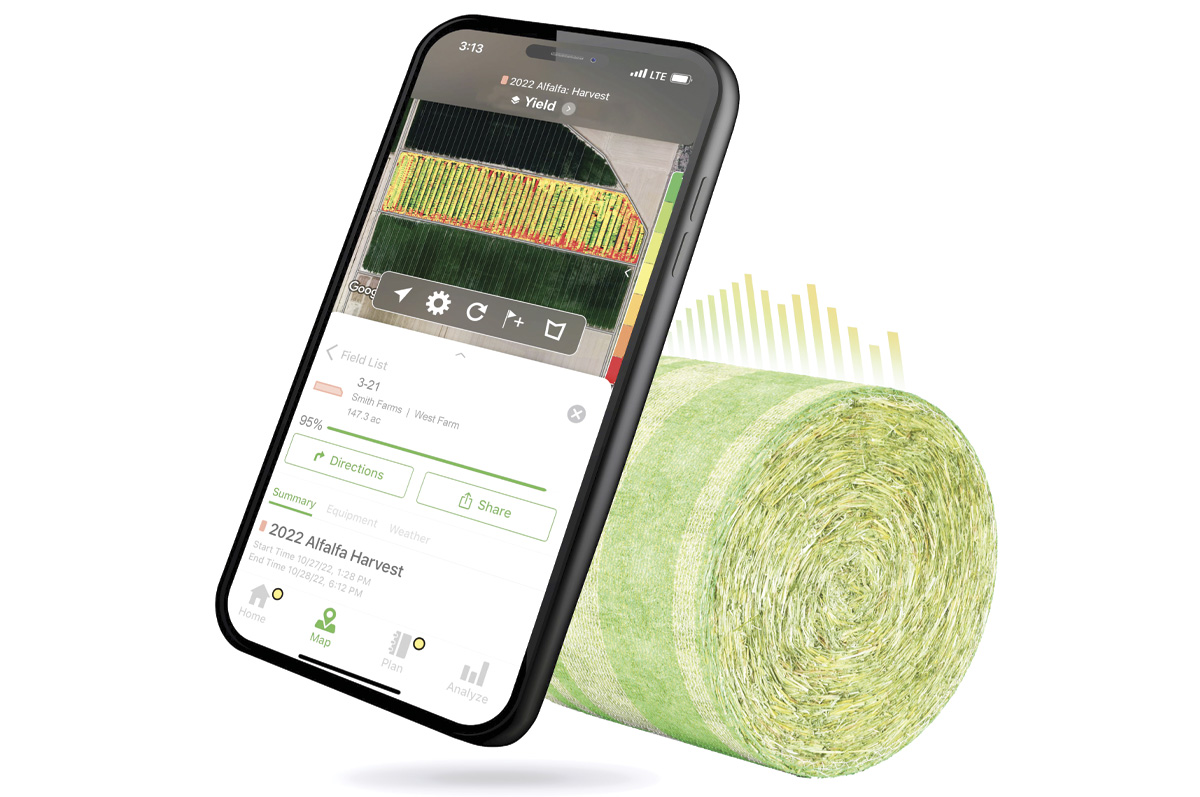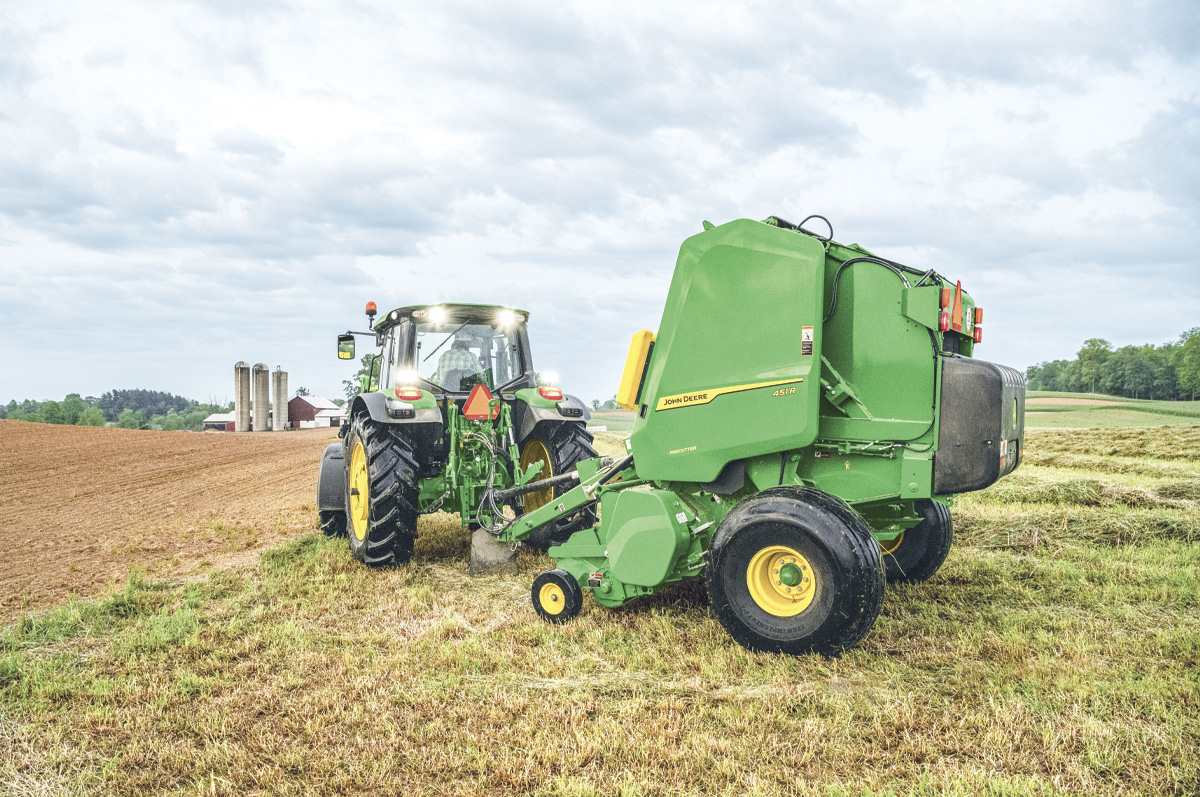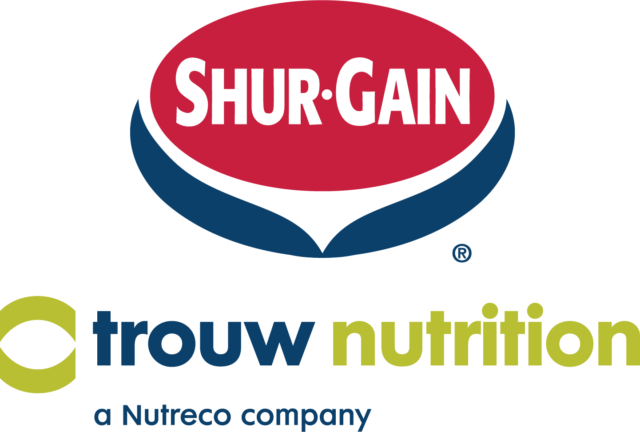To read this article in French, click here.
Dairy producers have waited long enough for precision ag to acclimate to their unique and varied operations. While precision farming in row crops has enjoyed exceptional growth over the past 20 years, it’s been slower to take root in hay and forage.
The irony of this phenomenon is that dairy is a very technology-progressive industry – the dairy part of dairy, that is. It developed RFID to track and monitor individual animal health, feed consumption and milk production. Dairy was among the first pioneers of artificial insemination and embryo transfer. And what could be more innovative than the rotary milking carousel – it even makes sense to the cows.
And not to be overlooked – innovation in beef production has been significant too. Novel productivity enhancers improve yield with reduced inputs. Beef cattle producers were among the first to utilize automated microingredient mixers, as well as leverage unique feedstuffs.
So, how did forage take a back seat to row crops?
Practically speaking, early technology (think guidance) seemed to have a more logical fit and greater visibility in the very uniform and predictable row-crop arena. Literally on agriculture's biggest stage, GPS and autosteer successfully kept a tractor’s path perfectly straight to within a quarter inch over a mile-long row. The crowds cheered. Naturally, this success necessitated more technology, and before you knew it, we had advanced display systems, equipment tracking capabilities, precision planting, targeted spraying and automated truck filling; not to mention cloud-based smartphone apps that collect, analyze, store and share precision data. The list goes on and on – in row crops.

More small-ag equipment will be connectivity-enabled. Photo courtesy of John Deere.
For hay, forage and livestock producers, relevant technology was longer in coming. In truth, much of the technology was not yet capable of handling multiple harvests throughout the year, let alone the coordination required between forage production, harvesting and dairy feed management. For dairy farmers, forage quality is more important than forage quantity because the nutritional content and the digestibility of forage directly impact animal health and milk production on the other side of their own operation. On the crop side, success is measured in bushels, and the relationship between harvest quality and end user is less direct. Technologically, dairy was the round peg in the row-crop rectangle – until now.
Sensing technology, aka constituent sensing, crop analysis technology, or more specifically, near-infrared reflectance spectroscopy (NIRS), is the rare exception to the cash crop first rollout of precision ag technology – it actually got its start in forage where moisture sensing could not be more relevant, just as it is in grain.
Constituent sensing also leads the way in managing the nutrient cycle. Forage and manure sensing deliver critical nutritional data to help producers more accurately manage feed, handle manure and optimize forage production. The quality of harvested silage impacts feed quality, animal health and milk production. What goes around comes around.
Today’s baling technology could not have arrived sooner. We can now collect, measure and document bale moisture and weight data in near real-time. An operator can view the data in the cab and make informed decisions to keep baling, stop for the day or add a preservative. Simultaneously, data is cloud-stored for post-harvest analysis, helping farmers make informed decisions about nutrient management, market value and more.
In addition to delivering consistent, high-quality bales, the latest baling automation also reduces operator error and fatigue by eliminating repetitive tasks, opening and closing gates automatically at the right time, and helping farmers get the most bales as quickly as possible.

We can now collect, measure and document bale moisture and weight data in near real time. Photo courtesy of John Deere.
Looking ahead, dairy and beef producers have much to look forward to. As precision technology keeps pushing the boundaries of what’s possible, it also becomes more accessible, affordable and properly scaled to dairy and beef operations.
That said, feeding our growing population will require considerable ambition and resolve. Consider the following: Before 2030, we’ll see millions more acres engaged in precision ag, including more sustainable acres. More small-ag equipment will be connectivity-enabled. It’s not outlandish to imagine more than a million connected machines in the next couple of years. Further, connectivity and data sharing will not be limited by brand. Look for a significant increase in electric and hybrid-electric machinery. A fully autonomous battery-powered tractor is just around the corner. What we’re already seeing in the automotive industry will replicate in our farm fields. Critical to sustainability is a low or no-carbon alternative power solution.
Starting now, sustainable outcomes will depend on reducing our environmental footprint through better nitrogen use, increased crop protection efficiency and by lowering CO2 emissions, both upstream and downstream, with less waste intensity and with less fresh water consumption in water-challenged areas. Virtually all product content must become recyclable and increasingly made from sustainable material.
As in the past, the need for efficiency and productivity will drive innovation. Unlike the past, innovation in precision ag will not be determined by acreage or output because technology is much more sophisticated today, and our mutually ambitious future outlook will not allow it. Connectivity, automation and autonomy belong to all of us. Relevant data can be shared by all who need it. Precision ag finally fits the holistic world of dairy.
.jpg?t=1693608434&width=1080)










